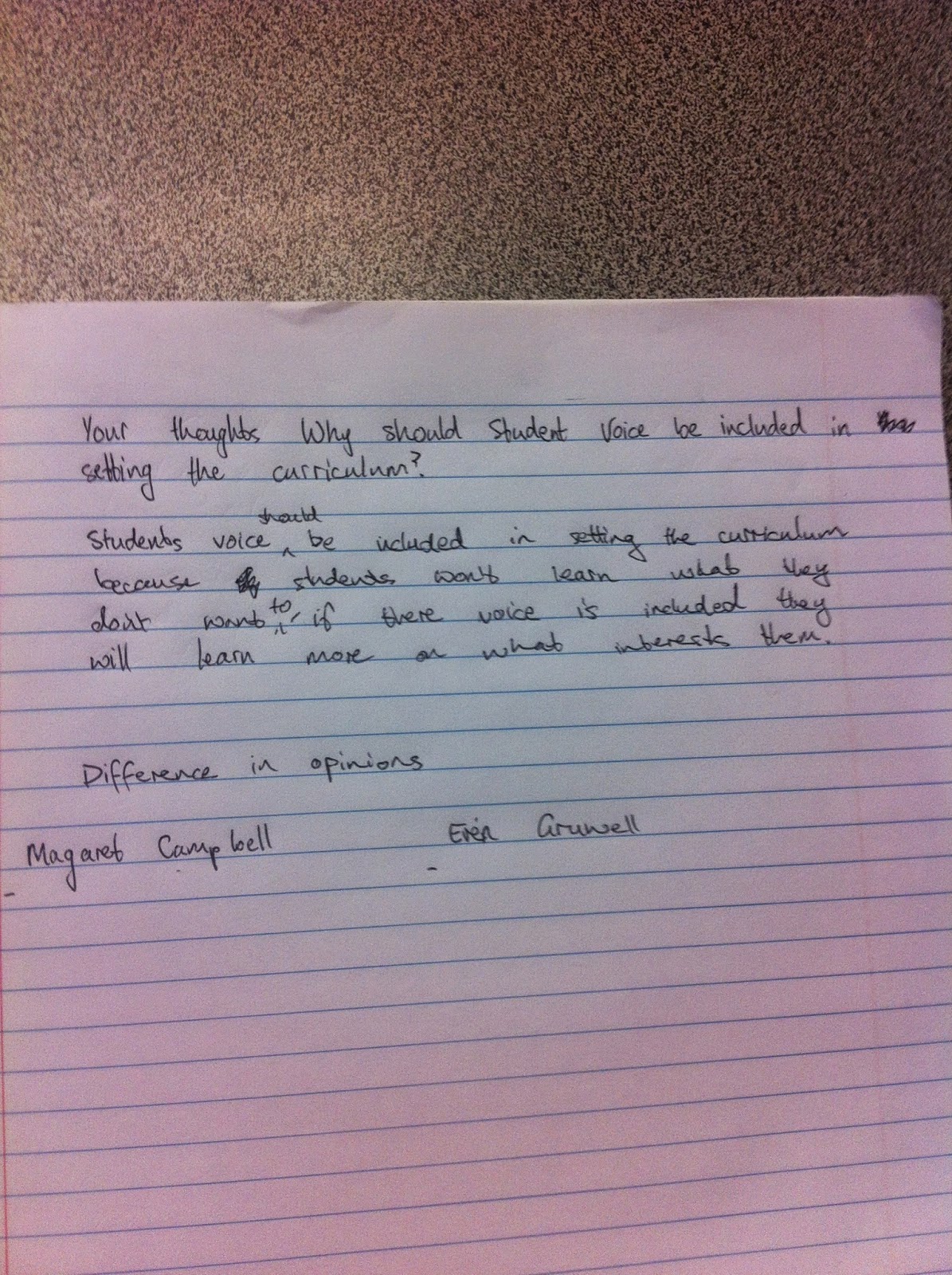Number of students who improved their grade: 12
Number of students whose grades remained the same: 5
Number of students whose grades went down: 8
In the first column, the students were given a prescribed task based out of the short story unit we had done. The background was that they had read Katherine Mansfield's story How Pearl Button was Kidnapped and Witi Ihimaera's story The Affectionate Kidnappers. The former is a story about colonial New Zealand written from a Brittish perspective - and with it comes all the prejudices associated with colonisers verses Maori (the Maori are savage, dirty, to be tamed). The latter is a Maori perspective on the same story - that the Maori are warm, caring, and of the culture that it takes a village to raise a baby. The students' task was to write the story from the perspective of the little girl. Although most passed, there are quite a few who only just achieved. From the extension class I'd expect many more Merits and Excellences.
For the next task, I told the students that they could write on whatever they wanted - the only criteria was that they meet the writing criteria I gave them (pulled out of the NZC). They were enthusiastic and really engaged in this task so I expected great things. Even after grading them I thought "wow! They've really improved their writing!" It wasn't until I sat down just now and compared their grades that I saw the differences. 12 students improved their grade - great!! That's just over a third of the class (30 students in all). 5 remained the same... ok - I can live with that. 8 went down. That was interesting.
I'm not concerned because the portfolio approach means that I report on the better of the two grades, but I am really interested by this. I had anticipated that the students would all improve their mark - after all I was giving them what they wanted: the opportunity to choose their mode of assessment. Theoretically their writing technique wouldn't have gone backwards - suddenly the words they could spell and the punctuation they could use before they should still be able to use.
It has to be their ideas.
Looking through their writing, some students ideas just didn't gel. Some were ambiguous, some lacked depth or detail (although the one about suicide I didn't really want to be detailed...) some just rambled without a structure. What this exercise just serves to prove is that we have a range of students. Some kids thrive with the freedom to be creative. Some kids need the structure to hold their ideas in place so that they don't all fall off the wheel.
Next experiment - offer four tasks. Three prescribed of different genres and one 'free' task. Maybe then I'll get a better success rate for one assessment.
14th June 2014
Year 11 English Extension
Grades on Formal Writing as at end of drafting stage
I found it really interesting to see the variances in the grades. I thought that the letter would do better than it has done (9/30 currently sitting at a NA). Out of pure curiosity, I then counted how many individuals were currently sitting on an E for at least one of their pieces. 10/30. Pretty happy with that. I did the same for Merits. 14/13. Really happy with that. That means at the end of the drafting stage I have 24/30 on a M or E grade, and they still have the opportunity to rework and present.
Granted, this is an extension class. My mainstream grades will be different.
So, how do we enable our kids to get good grades? We recognise that they're individuals, they all have different modes of expression, and different things that light fires in their bellies. They're all interested about different things, they're all inspired by different things. They're not Toni-clones; they're individuals. To enable them to give their best, it's up to me to bring them my best and adapt the tasks to suit my learners; melding their interests and passions to the curriculum.




















